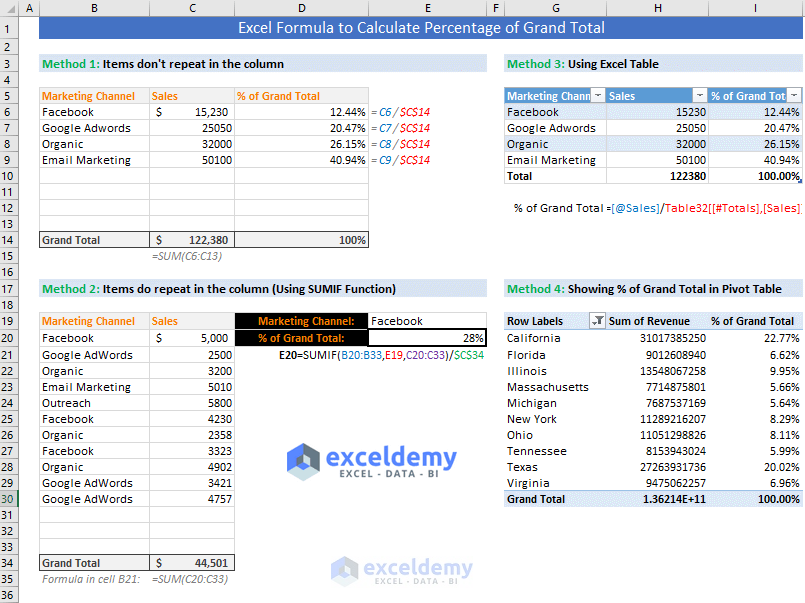

The trend percentage for the base year is always 100. You have to divide $30,000 by itself and then multiply the outcome by 100 to get 100% for the base-year trend percentage. To calculate the trend percentage for the second year, divide the dollar amount in the second year by the dollar amount in the base year, and then multiply the result by 100.įor instance, say your small company had $30,000, $40,000 and $25,000 in cash in the years 2017, 20, respectively. Compute the trend percentage for the second year Use the percentage symbol instead of spelling it out. Your base year would be the year 2017, so you have to replace the values under that year with "100%". For example, say you want to calculate the trend percentage for 2017, 20. In the second column of your financial statement, write "100%" to represent the base-year percentage. Assign a weight of 100% to the figures or amounts that appear on the base-year financial statements The more years you include, the more perspective you can get on changes to your accounts.įor instance, if you want to calculate trend percentages for the three most recent years, the financial statement figures from three years ago represent your base-year data to which you compare the other two years. Have at least two years of historical financial statement data. The base year or period refers to the earliest or first year of the trend, with which you compare the balances in each subsequent year. Here are the steps to calculate trend percentages: 1.

To best review trend percentages, organize them in a table with one column per year and one row per account. You can measure trend percentages for one or multiple accounts to determine areas of weakness or strength in a company's financial statements.
#Year over year difference percentage of grandtotal spotfire how to
Related: How To Calculate Growth Rate How to calculate trend percentages Taking these factors into account, along with trend analysis, vertical analysis and horizontal analysis, gives you a reasonable basis for forecasting future performance. Precise predictions depend on several factors, such as political and economic conditions, promotional outlays, plant expansion, management plans for new products and expected competitor activity. Such changes usually indicate areas that are worthy of further analysis or investigation and are just clues that may result in significant findings. Proper trend analysis doesn't end after you calculate the decreases and increases in trend percentages or amounts over several years. While a trend analysis may require a large amount of data, there's no guarantee that the outcome will be correct. This can include attempting to identify whether current market trends-such as gains in a specific market sector-are likely to carry on, as well as whether trends in one market area could cause trends in another. Trend analysis, which is considered a type of comparative analysis, is the process of analyzing the current trends to predict future ones. It's a form of horizontal analysis that reveals a change or trend in a company's financial statement accounts over a period of time.Ĭalculating trend percentages is a part of trend analysis. What is a trend percentage?Ī trend percentage, also called an "index number," lets you compare financial information, such as net sales, cost of goods sold, operating expenses, gross profit and inventory, over time to a base period or year. In this article, we explore what a trend percentage is, discuss how to calculate trend percentages and provide some examples of trend percentage calculations. Using trend percentages, you can easily determine whether an account has decreased or increased each year compared to the base year. For easier comparison, you can turn each account's dollar amount into a trend percentage. When you analyze a company's financial statement, it's essential to compare accounts over multiple years to determine any trends.


 0 kommentar(er)
0 kommentar(er)
